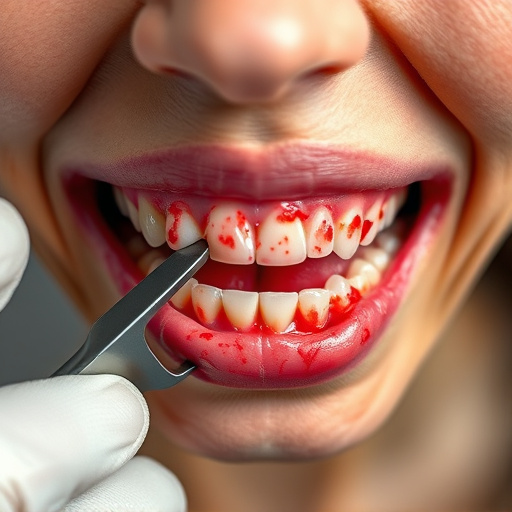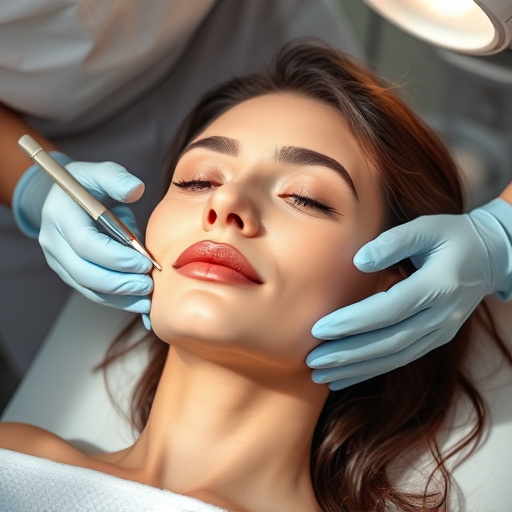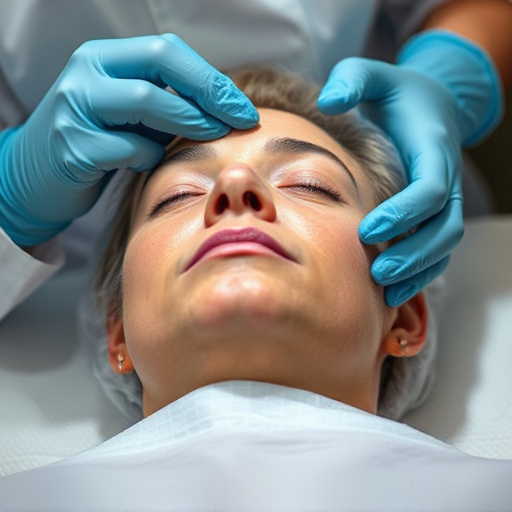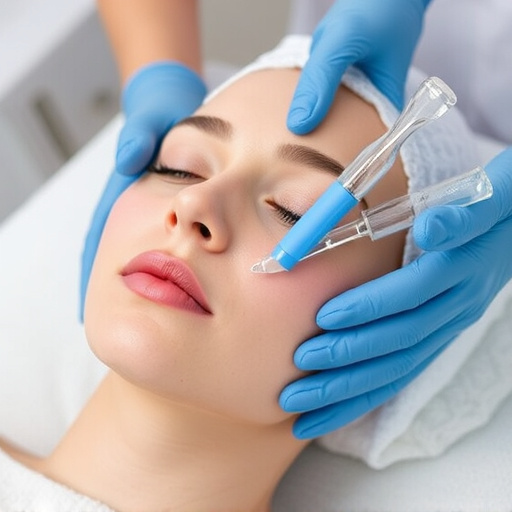Becoming a licensed aesthetician involves completing state-approved programs, passing comprehensive exams, and adhering to strict continuing education requirements for legal practice. They offer a wide range of cosmetology services. Certified aestheticians have specialized training but may provide more limited services. Both require skill and knowledge, with licensing ensuring broader legal recognition and proficiency in various treatments. Verifying a practitioner's license is crucial for client safety and service quality assurance.
In the realm of skincare and beauty, choosing the right aesthetic professional is essential for achieving optimal results. This article delves into the distinct roles and qualifications of licensed aestheticians versus certified peers. We explore key differences in education, training, practice scope, and regulatory standards to empower consumers with informed decisions. Understanding these nuances ensures you receive expert care tailored to your needs from a qualified licensed aesthetician.
- Education and Training Requirements
- Scope of Practice and Services Offered
- Regulation and Licensing Standards
Education and Training Requirements
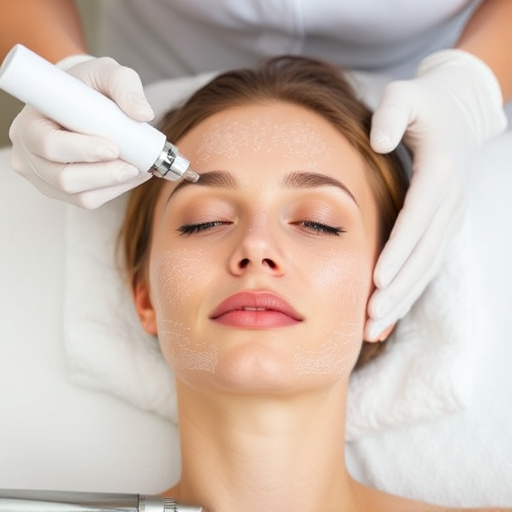
The path to becoming a licensed aesthetician and a certified aesthetician differs significantly in terms of education and training requirements. Licensed aestheticians are required to complete a state-approved program at an accredited institution, which typically involves a combination of classroom instruction and hands-on training. These programs cover a wide range of topics including skincare science, cosmetics application, and safety protocols for medical spa services. Upon graduation, individuals must pass a comprehensive exam to obtain their license, ensuring they meet the necessary standards set by their respective states.
In contrast, certification programs are often offered by professional organizations or industry experts and may not carry the same legal weight as state licensing. However, certified aestheticians have typically demonstrated advanced knowledge in specialized areas such as skin brightening or pore refinement through additional training and exams. While both paths lead to qualified professionals, licensed aestheticians are mandated to stay up-to-date with their continuing education requirements, ensuring they maintain the highest standards of care when providing cosmetic treatments in medical spa settings.
Scope of Practice and Services Offered

The scope of practice between licensed aestheticians and certified aestheticians differs significantly, impacting the services they can offer. Licensed aestheticians are authorized to perform a wide range of cosmetology procedures, including but not limited to, customized facials, body contouring, and professional skincare treatments. They have undergone rigorous training and passed state exams to gain this level of expertise. As such, their services cater to various skin care needs, from basic maintenance to advanced aesthetic enhancements.
In contrast, certified aestheticians often have a more specialized practice, focusing on specific areas within cosmetology. While they also receive extensive training, their authorization to perform procedures may be more restricted based on their certification. This means that while they can offer valuable services like customized facials and professional skincare advice, some advanced treatments like body contouring might fall outside of their scope.
Regulation and Licensing Standards
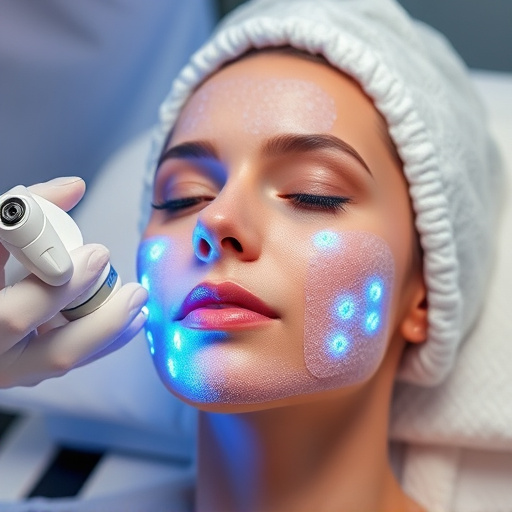
In the realm of aesthetics, regulation and licensing standards play a pivotal role in ensuring consumer safety and quality care. When it comes to becoming a licensed aesthetician, aspiring professionals must meet specific educational, practical, and examination requirements set by their respective governing bodies. These standards cover a wide range, from knowledge of skin care and cosmetic procedures to infection control practices and client consultation skills. A licensed aesthetician is empowered to perform various treatments, including hydrating facials and facial treatments, with the necessary expertise and within legal parameters.
The distinction between licensed and certified aesthetics professionals lies in these regulatory frameworks. Licensing ensures that practitioners have attained a certain level of education and proficiency, enabling them to legally offer aesthetic services. Certification, while valuable, often focuses on specialized skills like body contouring or advanced skincare techniques, but it does not inherently grant the same legal standing as licensing. Thus, when seeking an aesthetician for procedures such as facial treatments or body contouring, understanding their licensing status is crucial for both consumer protection and ensuring the highest quality of care.
When deciding between a licensed and certified aesthetician, understanding their differences is key. Licensed aestheticians have met state-specific education and training requirements, ensuring they possess a solid foundation in skin care, hair removal, and makeup application. They are regulated under strict licensing standards, providing clients with peace of mind. Meanwhile, certification goes above and beyond, demonstrating specialized skills and ongoing professional development. While not legally mandated, certified aestheticians often offer advanced services that cater to specific cosmetic needs. Ultimately, choosing the right aesthetician depends on individual preferences and desired treatments, ensuring a fulfilling beauty experience.





